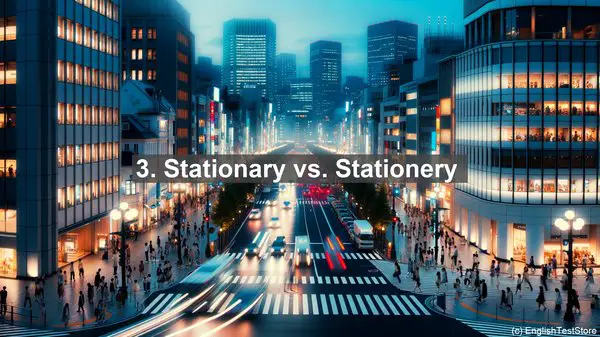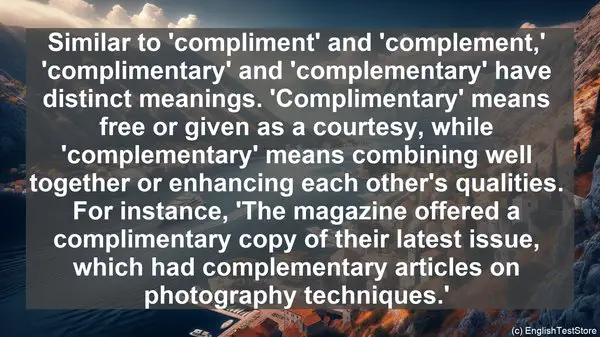Introduction
Welcome to our lesson on the top 10 commonly confused words in photojournalism. As students in this field, it’s crucial to have a strong grasp of these words to effectively communicate through our work. So, let’s dive right in!

1. Affect vs. Effect
One of the most frequently confused word pairs is ‘affect’ and ‘effect.’ ‘Affect’ is usually a verb, meaning to influence or produce a change, while ‘effect’ is typically a noun, referring to the result or consequence of something. For example, ‘The photograph affected the viewers emotionally, creating a powerful effect.’
2. Compliment vs. Complement
Next, we have ‘compliment’ and ‘complement.’ ‘Compliment’ with an ‘i’ is used when expressing admiration or praise, while ‘complement’ with an ‘e’ means to complete or enhance something. For instance, ‘The photographer received a compliment on their stunning composition, which complemented the subject perfectly.’
3. Stationary vs. Stationery
Moving on, we encounter ‘stationary’ and ‘stationery.’ ‘Stationary’ with an ‘a’ means not moving or still, while ‘stationery’ with an ‘e’ refers to writing materials. Remember, ‘stationery’ has an ‘e’ for ‘envelope.’

4. Principal vs. Principle
Now, let’s discuss ‘principal’ and ‘principle.’ ‘Principal’ with ‘pal’ at the end often refers to a person, such as the head of a school. On the other hand, ‘principle’ with ‘ple’ at the end is a fundamental truth or a rule. For example, ‘The principal of the photojournalism school emphasized the importance of ethical principles.’
5. Complimentary vs. Complementary
Similar to ‘compliment’ and ‘complement,’ ‘complimentary’ and ‘complementary’ have distinct meanings. ‘Complimentary’ means free or given as a courtesy, while ‘complementary’ means combining well together or enhancing each other’s qualities. For instance, ‘The magazine offered a complimentary copy of their latest issue, which had complementary articles on photography techniques.’
6. Capital vs. Capitol
Another pair that often causes confusion is ‘capital’ and ‘capitol.’ ‘Capital’ typically refers to a city that serves as the seat of government or financial center, while ‘capitol’ with an ‘o’ specifically denotes the building where a legislative body meets. For example, ‘The photojournalist captured the iconic image of the protest outside the capitol building in the capital city.’
7. Allude vs. Elude
Let’s now differentiate between ‘allude’ and ‘elude.’ ‘Allude’ means to indirectly refer to something, while ‘elude’ means to escape or avoid. For instance, ‘The caption of the photograph alluded to the historical context, while the subject’s emotions eluded easy interpretation.’
8. Perspective vs. Prospective
Moving on, we have ‘perspective’ and ‘prospective.’ ‘Perspective’ refers to a point of view or a way of looking at things, while ‘prospective’ means potential or likely to happen. For example, ‘The photo essay provided a unique perspective on the issue, attracting prospective clients.’
9. Canvas vs. Canvass
Now, let’s discuss ‘canvas’ and ‘canvass.’ ‘Canvas’ typically refers to a heavy fabric used for painting or a surface for artistic work, while ‘canvass’ means to solicit or seek opinions. For instance, ‘The photojournalist used a canvas to display their prints and then went on to canvass the local community for their thoughts on the exhibition.’
10. Elicit vs. Illicit
Lastly, we have ‘elicit’ and ‘illicit.’ ‘Elicit’ means to draw out or evoke, while ‘illicit’ means illegal or forbidden. For example, ‘The photograph elicited a strong emotional response from the viewers, while the act of trespassing to capture it was deemed illicit.’
